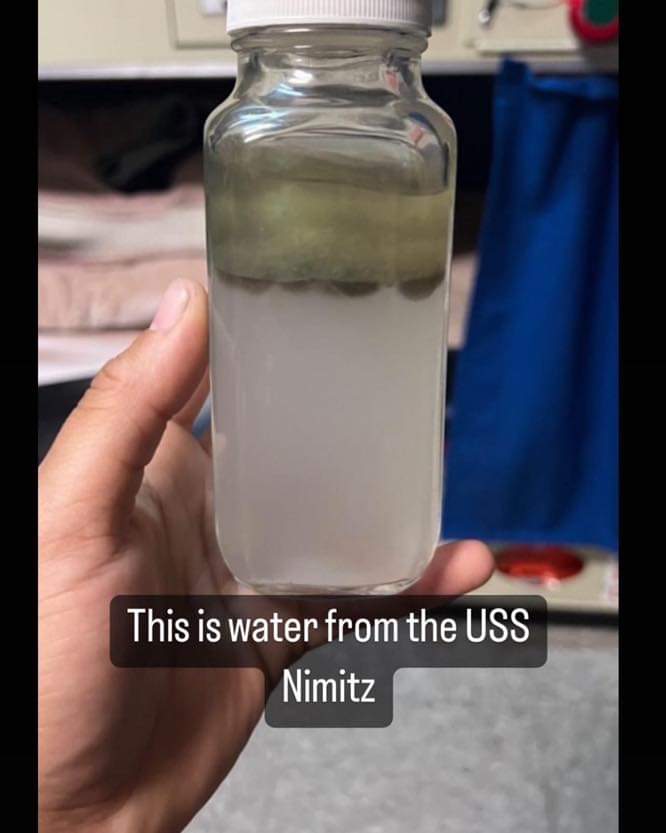On 28 January 2025, at approximately 12:49:16 local (L), the mishap aircraft (MA), an F-35A aircraft, tail number (T/N) 19-5535, crashed after completing a touch-and-go landing to Runway (RWY) 32 at Eielson Air Force Base (AFB), Alaska (AK). The MA was operated out of Eielson AFB, AK, by the 355th Fighter Squadron (FS) and assigned to the 354th Fighter Wing (FW). There were no fatalities. The mishap pilot (MP), assigned to the 354th FW, ejected safely before impact. He sustained minor, non-life-threatening injuries. The MA was destroyed upon impact, with a total loss valued at $196,500,000. The MA debris was contained within airfield boundaries on Eielson AFB.
The MA was flying as the #3 aircraft in a flight of four F-35A aircraft. After initial takeoff, the MA’s nose landing gear (NLG) did not retract properly due to hydraulic fluid contaminated with water that froze, preventing full strut extension and resulting in the NLG being canted to the left. After running initial checklists, the NLG was still turned approximately 17 degrees to the left. The MP initiated a conference call with Lockheed Martin engineers through the on-duty supervisor of flying (SOF). The MA held for approximately 50 minutes while the team developed a plan of action. The MP accomplished two touch-and-go landings attempting to recenter the NLG wheel. While both attempts failed to center the NLG wheel, the right main landing gear (MLG) strut and then left MLG strut did not fully extend after takeoff due to ice forming inside the strut. After the second touch-and-go, all valid Weight on Wheels (WoW) sensors indicated the MA was on the ground, and the MA transitioned to the “on ground” flight control law (i.e., automated ground-operation mode causing the MA to operate as though it was on the ground when flying). However, because it was actually airborne, the MA was uncontrollable. The pilot successfully ejected and emergency responders were at the scene within a minute.
The accident investigation board (AIB) president found, by a preponderance of the evidence, the cause of the mishap was hydraulic fluid contaminated by water that froze in the NLG and MLG struts. The ice prevented the struts from full extension that led the WoW sensors to declare the MA was on the ground when it was airborne. Additionally, the AIB president found, by a preponderance of the evidence, that crew decision making including those on the in-flight conference call, lack of oversight for the Hazardous Materials program, and lack of adherence to maintenance procedures for hydraulic servicing were substantially contributing factors.













